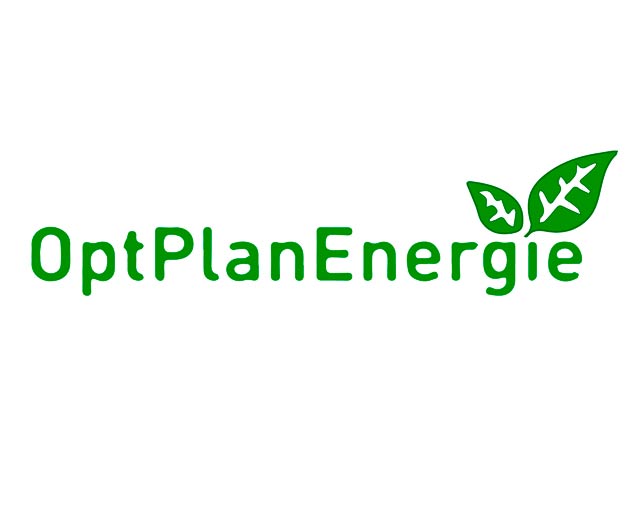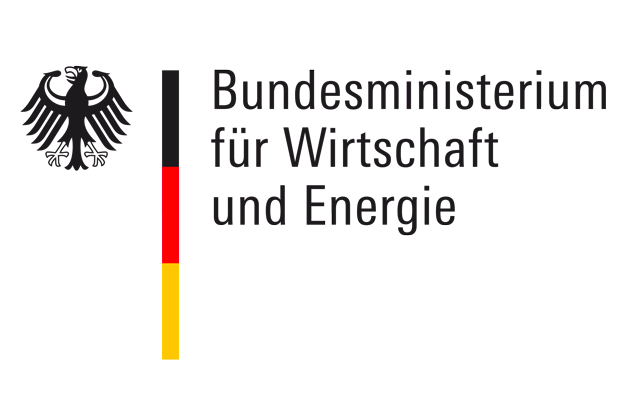
Energy losses in production often arise primarily from iterated processes and structures as well as due to the fact that certain forms of energy, such as waste heat, cannot be utilized. The project OptPlanEnergie therefore seeks to take a holistic perspective of a production process, in this case the production of safety glass. The goal is to optimize the energy use while simultaneously achieving high production output and high quality. An optimization and planning platform to assist in creation of a production and energy plan is being developed for this purpose. The platform should be used by companies in the industry to carry out operational planning for existing processes. It will also be suitable for the strategic planning of production systems.
Solution approach
The core of the solution is a model for the entire production process. With the help of a model simulation, it should be possible to predict the performance parameters of the respective technological process as well as the corresponding energy demand. The technological parameters will then be modified in an optimization process in order to reduce the specific energy input per product. This model-based optimization process yields reliable data for the future energy consumption to be used in the production planning.
The model describes the technological processes in the production process over time as a progressive model. The states of the production model are defined based on various events that occur. For the sub-processes that are particularly energy-intensive (in the glass industry, this includes heating the material and maintaining the temperature for further processing), detailed physical/mathematical modeling is carried out and then integrated into the progressive model. This new approach should bring model complexity under control without sacrificing the detailed information required for the optimization step. The model-based optimization calculates and optimizes the production figures, product quality parameters and energy consumption. The demonstrator includes a user interface that graphically displays the various simulation results, which differ according to the desired optimization goal (e.g. maximum throughput versus minimum energy consumption). The user can therefore choose between alternative approaches.
Project status: completed
 Fraunhofer Institute for Integrated Circuits IIS, Division Engineering of Adaptive Systems EAS
Fraunhofer Institute for Integrated Circuits IIS, Division Engineering of Adaptive Systems EAS